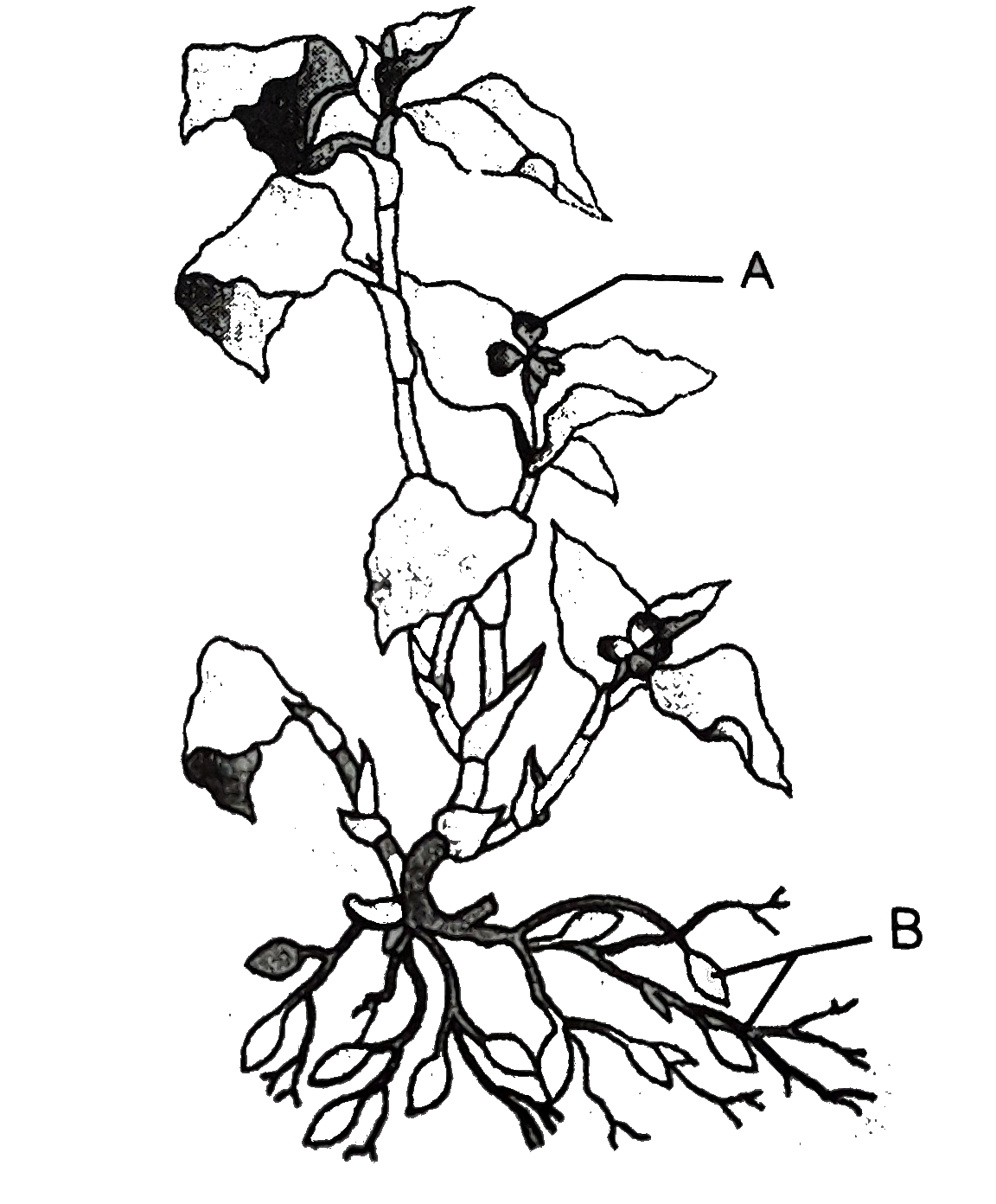An electron micrograph of a plant cell shows two different types of them is known to store oils and fats in them, such a plastid is known as :
Chloroplast
Chromoplast
Elaioplast
Amyloplast
The correct Answer is:C
To solve the question regarding the type of plastid in a plant cell that stores oils and fats, we can follow these steps:
1. Understanding Plastids:
- Plastids are specialized organelles found in plant cells that serve various functions, including storage and photosynthesis.
2. Identifying Types of Plastids:
- There are three main types of plastids:
- Chloroplasts: Contain chlorophyll and are involved in photosynthesis.
- Chromoplasts: Contain pigments that give color to fruits and flowers, but do not store oils or fats.
- Leucoplasts: These are colorless plastids that primarily store substances.
3. Classifying Leucoplasts:
- Leucoplasts can be further divided into three types based on what they store:
- Amyloplasts: Store starch.
- Alluroplast (or Proteinoplast): Store proteins.
- Elioplasts: Store oils and fats.
4. Analyzing the Question:
- The question specifies that the plastid in question is known to store oils and fats.
5. Conclusion:
- Based on the classifications, the plastid that stores oils and fats is the Elioplast.
Final Answer:
The plastid known to store oils and fats is called Elioplast.
---
- Plastids are specialized organelles found in plant cells that serve various functions, including storage and photosynthesis.
- There are three main types of plastids:
- Chloroplasts: Contain chlorophyll and are involved in photosynthesis.
- Chromoplasts: Contain pigments that give color to fruits and flowers, but do not store oils or fats.
- Leucoplasts: These are colorless plastids that primarily store substances.
- Leucoplasts can be further divided into three types based on what they store:
- Amyloplasts: Store starch.
- Alluroplast (or Proteinoplast): Store proteins.
- Elioplasts: Store oils and fats.
- The question specifies that the plastid in question is known to store oils and fats.
- Based on the classifications, the plastid that stores oils and fats is the Elioplast.
The plastid known to store oils and fats is called Elioplast.
Similar Questions
Plant cells store fat in
View SolutionPlastids that stores oils and fats are
View SolutionWhich type of leucoplast store oil and fat?
View SolutionHow many types of cells are known
View SolutionThe plastid which stores oil is known as
View SolutionA plant (cell) having more than two nuclei is known as
View SolutionIf two species have different flowering time, this is known as
View SolutionWhen two different genotype produce the same phenotype due to environmental difference, then each one is known as :-
View SolutionIn the figure given below the plant bears two different types of flowers marked 'A' and 'B'. Identify the types of flowers and state the type of pollination that will occur in them.

View SolutionThe ability of a plant to follow different pathways and produce different structures in response to environment is known as
View Solution
